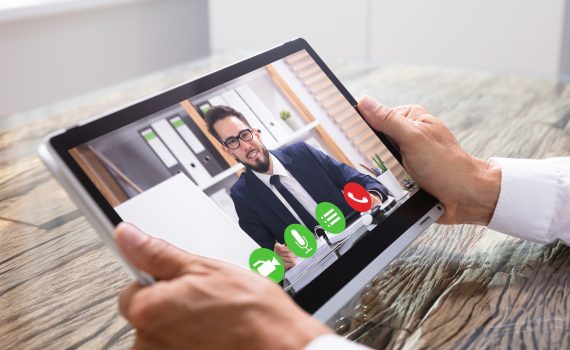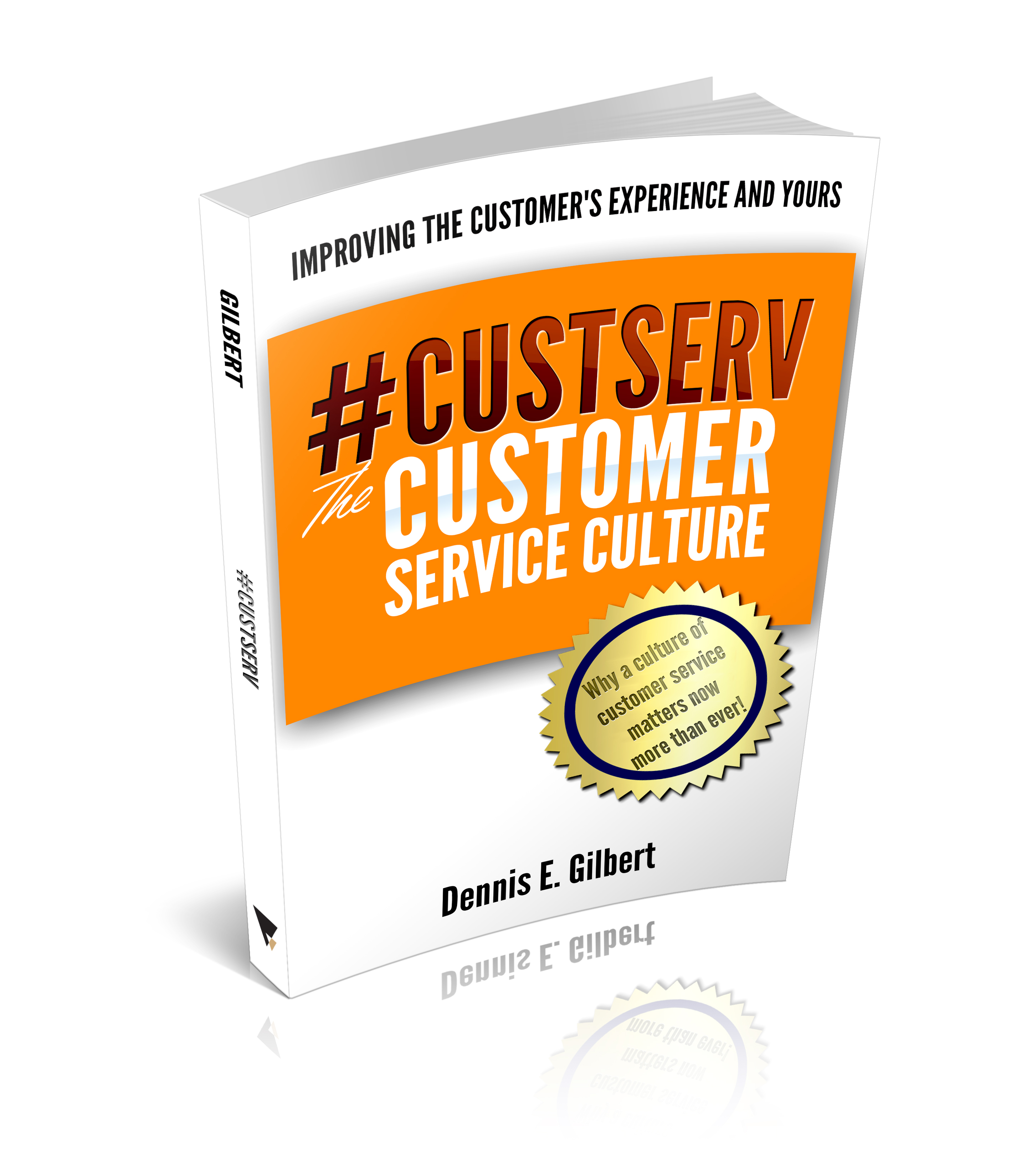
Workplace Multitasking is a Myth
Many people believe that they are multitaskers. That they can do two, three, or more things at once. Is workplace multitasking a myth?
You can talk while you walk. You might listen to the radio or a podcast while driving in your car. Some people sing while taking a shower, or brush their teeth while contemplating what they’ll say in their morning meeting.
Yet, largely, you still can’t do two things at once.
You can’t pay attention in the Zoom call while you are processing backed up email in your inbox. Both require the use of two different cognitive actions. You can’t do them at exactly the same time.
You might pay attention to the Zoom for a moment, and then reply to an email for moment, but you can’t do them both at the same time. One gets a momentary pause while the other processes.
Even job advertisements and job descriptions sometimes state the mythical skill of multitasking.
The brutal truth, no one qualifies.
Workplace Multitasking
Having the ability to manage multiple tasks or projects is a good quality and often a well-developed skill. It means that you can have one task, duty, or project happening, in motion, and then engage in another.
It doesn’t mean that cognitively you can do two or more things at exactly the same time.
Have you ever been driving on a busy street, felt lost, and couldn’t find your way? You study the street signs, look for a landmark, and try to calculate your next move?
You might also turn down the radio. It is a distraction, noise in your head hindering your ability to fully process what is going on around you.
When you want to do something correct, when you want the best result and need to apply the use of your best cognitive skills you should fully concentrate.
You can’t listen in on the Zoom session and respond to a customer request at the same time. Your brain might process a nanosecond in the Zoom and a nanosecond responding to the customer, but not both at exactly the same time.
During that very brief interruption trading one for the other, you miss something.
Navigating multiple, in-process tasks during the same timeframe may sometimes be beneficial. It might also be a skill that can be developed.
Solving a math problem while also writing down your grocery list isn’t going to happen. Not at exactly the same time.
-DEG
Dennis E. Gilbert is a business consultant, speaker (CSPTM), and culture expert. He is a five-time author and the founder of Appreciative Strategies, LLC. His business focuses on positive human performance improvement solutions through Appreciative Strategies®. Reach him through his website at Dennis-Gilbert.com or by calling +1 646.546.5553.











